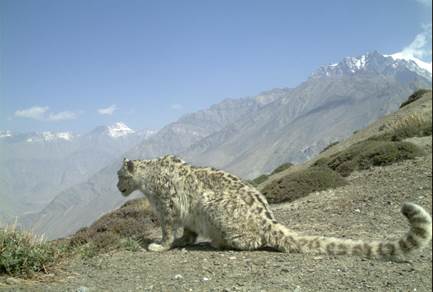Free Courses Sale ends Soon, Get It Now


Free Courses Sale ends Soon, Get It Now



Disclaimer: Copyright infringement not intended.
Context: The first-ever recording of the snow leopard from the Baltal-Zojila region has renewed the hope for the elusive predator in the higher altitudes of Jammu and Kashmir and Ladakh.
Details:
About:
© 2024 iasgyan. All right reserved